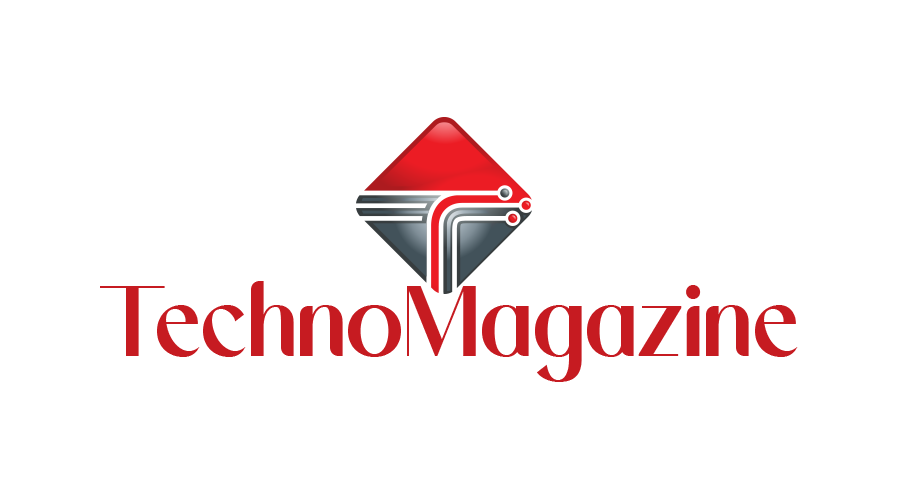In the era of contemporary medicine, surgical accuracy isn’t merely a good thing — it’s an absolute requirement. From minimally invasive devices to sophisticated orthopedic equipment, each surgical device has to adhere to strict dimensional requirements. A single small deviation in measurement can have a profound effect on functionality and patient safety. That’s where the importance of metrology — and more particularly, profile projector machines — comes into play.
A profile projector machine is perhaps the most reliable quality inspection instrument in precision manufacture, and in surgical toolmaking, its significance is particularly acute. Alternatively referred to as shadowgraph machines, profile projectors facilitate the non-contact checking of tiny components by projecting onto a screen an enlarged silhouette of a part. This optical method of dimensional assessment is especially advantageous when working with intricate geometries and fragile edges typical of medical instruments.
Precision in Surgical Tool Manufacturing
Surgical tools are created to work within the most sensitive environment—the human body. It may be a scalpel, forceps, bone chisel, or laparoscope device, but whatever it is, the instrument must perform impeccably during life-saving procedures. Such instruments tend to be created out of high-grade stainless steel or titanium and made to tolerances in microns.
With such stringent tolerance demands, there is no choice but to depend on inspection equipment that not only ensures high accuracy but can also enforce constant quality control down the line of manufacture. This is where the profile projector machine is essential. Its capacity to expand the profiles and contours of tiny components makes it well-suited for the measurement of grooves, tapers, angles, threads, radii, and other intricate shapes — all without physically touching the part that might change it or add contamination.
How Profile Projector Machines Work
The operational theory behind a profile projector is simple but ingenious. A component is mounted on a stage and lit below by a high-intensity light source. The component’s shadow is focused via a magnifying lens onto a viewing screen, normally gridded or overlay charted. The arrangement enables the inspector to align the part’s profile with design requirements or digital overlays and measure accurately.
In the manufacture of surgical instruments, where fine details and elaborate designs are not uncommon, this technique is particularly worthwhile. Details like bevels in scalpel blades, serrations in clamps or curvature for forceps can be checked easily and accurately with a profile projector machine.
Profile Projectors vs Optical Comparators: Are They the Same?
As a general rule, profile projector machines, and optical comparators are used interchangeably. They have the same type of instrument, technically. They are both meant to protect the object’s profile optically for measurement. Yet, contemporary optical comparators might also have sophisticated capabilities such as digital readouts, edge location detection, and even CAD-model comparison through software integration.
In tool production for surgery, a digital optical comparator can further improve inspection speed and precision, allowing quicker pass/fail judgments and minimizing operator subjectivity. These technologies allow each tool to move out of the production line to perfectly meet the required specifications.
Advantages of Using Profile Projectors in Surgical Tool Production
- Non-Contact Inspection
Surgical instruments can be examined without physical contact, avoiding damage or contamination.
- Magnification of Fine Details
Profile projectors offer magnification ranges that enable even the finest details to be easily seen and accurately measured.
- Quick Visual Verification
The image on projection enables instant visual examination, minimizing the requirement for complex setups or probing.
- Cost-Effective Quality Control
Profile projectors, as opposed to CMMs (coordinate measuring machines), are cheaper without a loss in accuracy for 2D applications.
- Versatile Applications
Regardless of the examination of blade angle or tool curvature radius confirmation, profile projectors provide general-purpose applications.
Meeting Regulatory Standards
The healthcare sector is very regulated, with stringent compliance standards like ISO 13485 and FDA regulations. Metrology equipment, such as profile projector machines and optical comparators, assists manufacturers in recording and verifying dimensional precision, which is important for regulatory approval as well as internal quality assurance.
Additionally, placing these tools into a quality management system makes the products traceable, repeatable, and compliant with global standards — all necessities in the medical device industry.
Conclusion
For those producers that need reliability and precision in the inspection of surgical tools, Sipcon provides a strong portfolio of high-performance profile projector machines and optical comparators. With over four decades of experience in metrology solutions, Sipcon’s products are designed to provide repeatable performance in applications where accuracy is critical.
Sipcon advanced inspection solutions provide both startups in medical device manufacturing and well-established surgical tool producers with guaranteed products that follow stringent standards of precision and quality in every instance.

